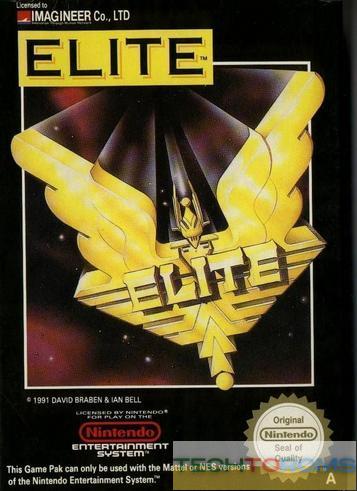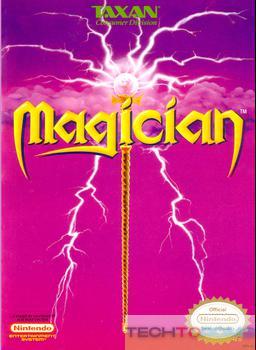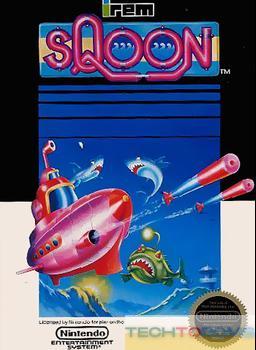
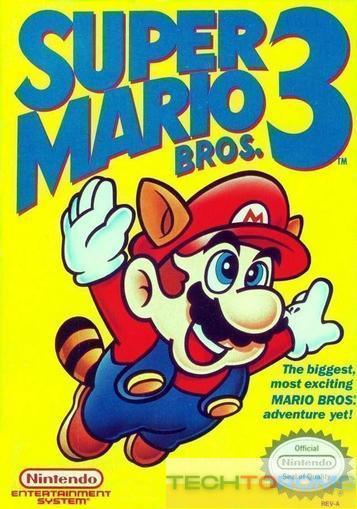
ZZZ_UNK_Super Mario Bros 3 – Lost Levels Rom Download
April 12, 2024
US
228 kB
4324
The dawn of gaming history holds several milestones, and among them, “Super Mario Bros 3” stands as a paradigm of innovation and timeless fun. Yet, as gaming enthusiasts wade through the annals of nostalgia, they often come across the enigmatic “Lost Levels” – the prequel to the “Super Mario” series that was hidden from the western world for decades. Today, we peel back the layers of this obscure gem, exploring its significance, the lore behind its emergence, and the enduring community that has kept it alive.
Unveiling the Enigma: What are ‘Super Mario Bros 3 – Lost Levels’?
“Super Mario Bros 3” hit the scene in 1988, transforming not only the Mario franchise but also influencing a generation of games to come. Conceived as a direct sequel to the original “Super Mario Bros,” “Lost Levels” brought with it a new level of complexity and difficulty, much of which was deemed too challenging for Western audiences. Consequently, it wasn’t until the 1993 release as part of the “Super Mario All-Stars” compilation that global players got their first taste of what was initially just known as “Super Mario Bros 2” in Japan.
However, while the West enjoyed the “Super Mario Bros 2” with its unique game mechanics and enemies, the real “Lost Levels” remained shrouded in the game’s history, with its mushroom kingdoms, poisonous mushrooms, and unpredictable wind patterns, all sworn to secrecy, only to be unlocked through the digital sleights of hands in the form of a ROM.
The Language of ROMs: Localization and Community Knowledge
ROMs, or Read-Only Memory files, have become a language of their own within gaming culture. They are snapshots of game cartridges that can be played on a computer with the appropriate emulator. The ROM for “Super Mario Bros 3 – Lost Levels” not only bridged the gap between international gaming experiences but also became a testament to the tenacity of the gamer community, who, through various means, sought to make the full Mario lineage accessible to all.
Localization, or the process of adapting a product to a new locale or market, helped define which games made it to Western shelves. For years, those shelves told half-truths, blanketing a history of games under the guise of “the West isn’t ready.” Yet, the ROM community, with their expertise in coding and emulating, has unlocked a world of unlocalized games for players to explore.
Preserving Nostalgia: The Impact of ‘Super Mario Bros 3 – Lost Levels’ ROM
The ROM community’s work is not just about access; it’s about preservation. ROMs have become digital repositories for video game history, housing versions of games that might otherwise be lost to time. “Lost Levels” exemplifies this role, standing as a window into a pivotal point in the Mario franchise and the broader gaming world.
The accessibility of “Lost Levels” through ROMs has not only allowed gamers the opportunity to challenge themselves with the game’s notorious difficulty but has also fostered an appreciation for the design choices and game mechanics that influenced future iterations of the Mario series.
Legal and Ethical Considerations
The topic of ROMs cannot be discussed without addressing the legal and ethical nuances that come with their use. The distribution and use of ROMs for games that are still sold commercially raises questions about intellectual property rights and piracy. While there are justifications for the use of ROMs, such as historical preservation and accessibility, the legal landscape remains complex and evolving.
It is important for the gaming community to engage in open discussions about the rights of creators and the impact of ROM usage, ensuring that as we explore the past, we do not undermine the future of game development.
The Road Ahead for ‘Lost Levels’ and ROMs
As we look to the future, there are several questions that arise about the role of “Lost Levels,” ROMs, and the gaming community. How will the industry continue to preserve and provide access to gaming history? What implications will this have on future game design, community engagement, and intellectual property law?
While challenges and discussions about the legality and ethics of ROM usage persist, the unwavering passion of both developers and fans alike to celebrate and explore the legacy of games like “Super Mario Bros 3 – Lost Levels” ensures that their impact will continue to be felt for generations to come. The knowledge, the challenge, and the experience of “Lost Levels” have transcended borders and technological limitations, finding a home in the hearts and hard drives of gamers everywhere.
In closing, the story of “Lost Levels” and the ROM community is one of perseverance, innovation, and love for gaming. It highlights the need for a continuous dialogue surrounding the preservation and accessibility of video game culture. By engaging in these conversations and respecting the legacy of gaming, we can ensure that the leaps and bounds made by iconic titles like “Lost Levels” will be cherished, studied, and enjoyed for years to come, even beyond the digital veil.
SEE MORE INTERESTING GAMES


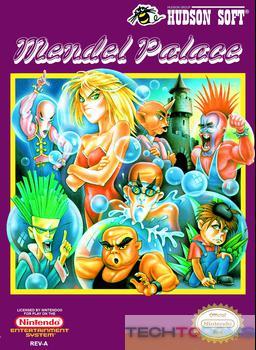

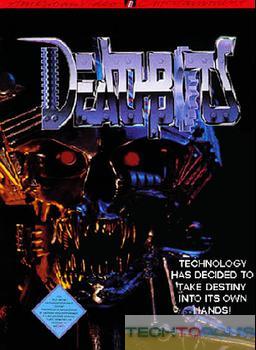



![Dragon Ball Z 2 – Gekishin Freeza!! [hFFE]](https://nyc3.digitaloceanspaces.com/techtoroms.com/2024/04/image.png?v=1713839658)
